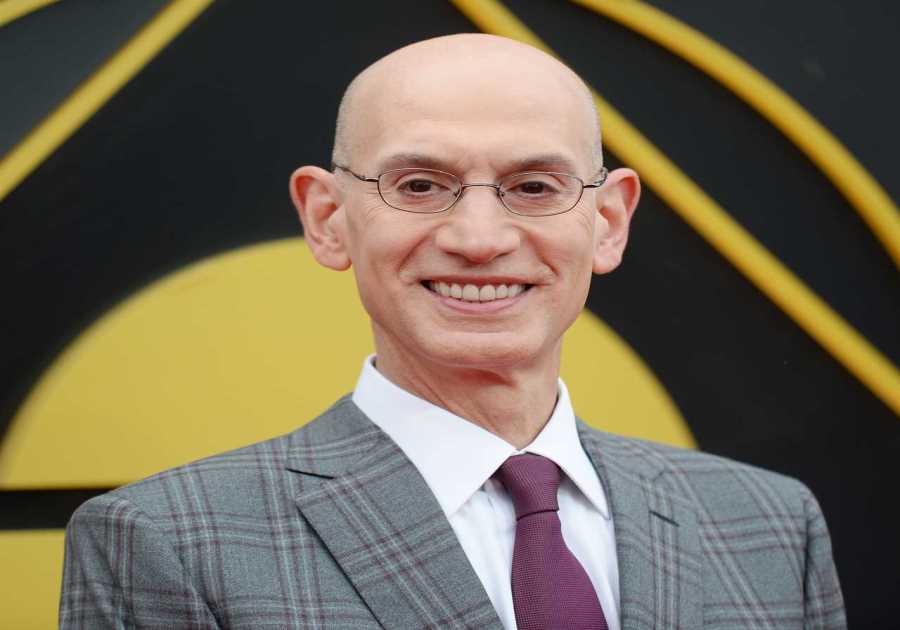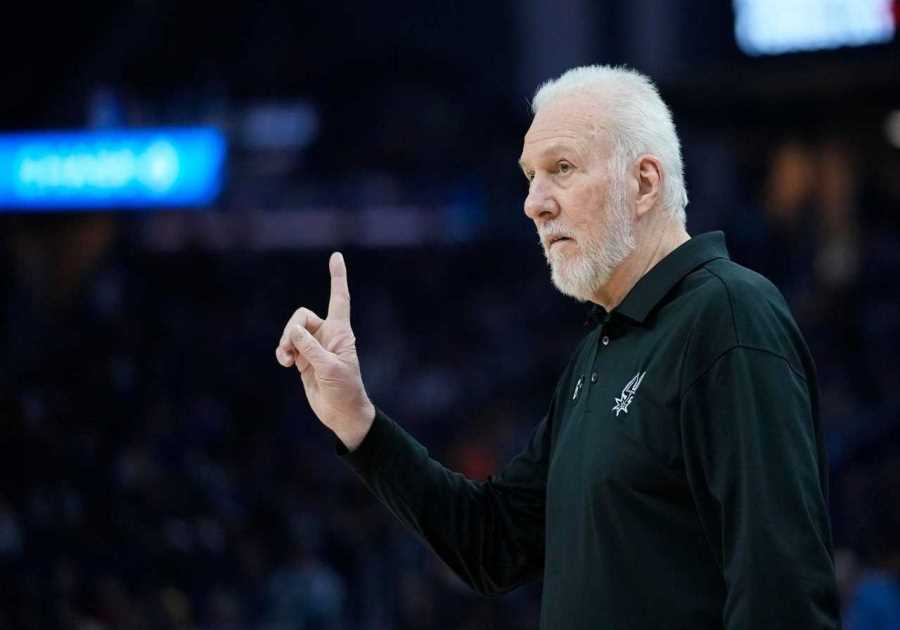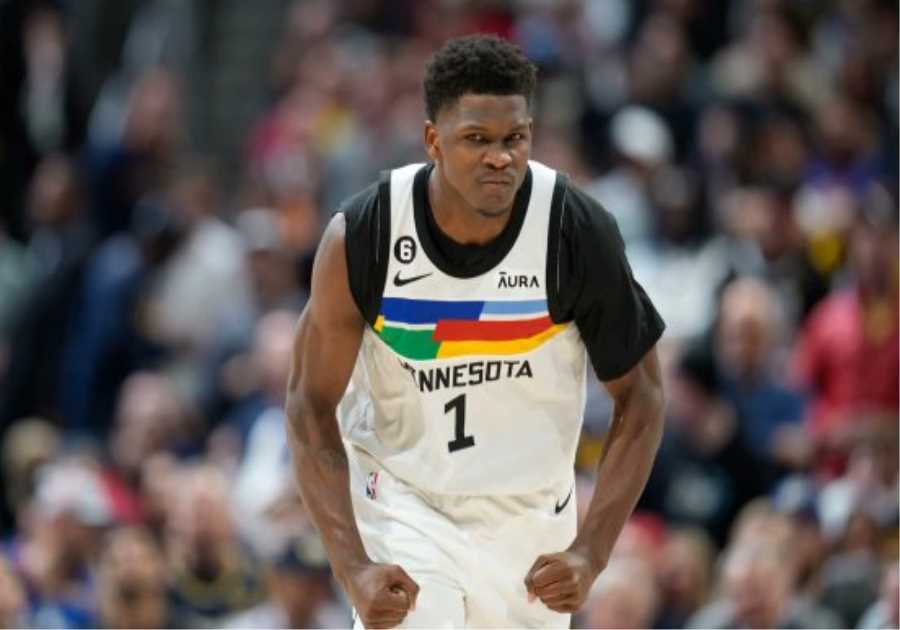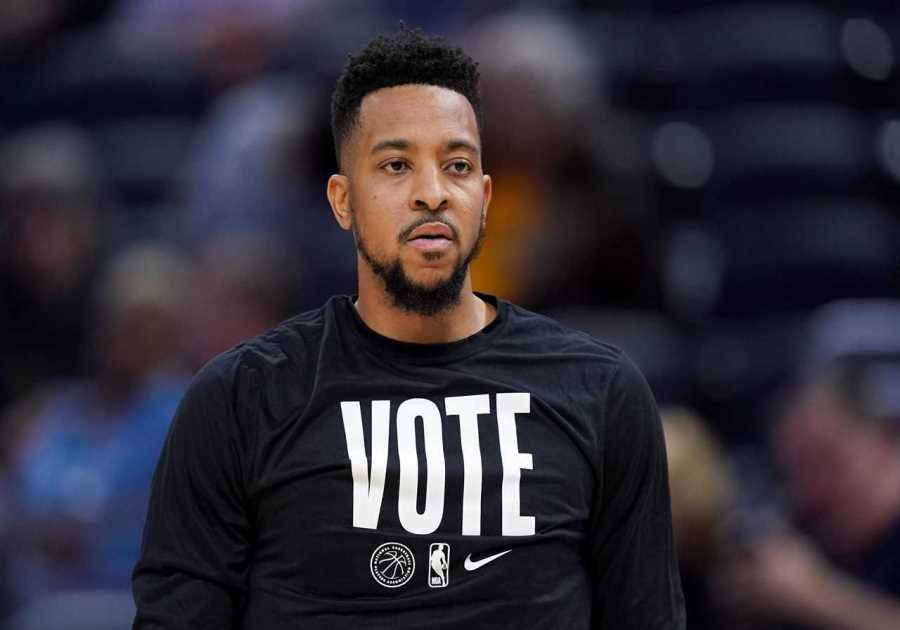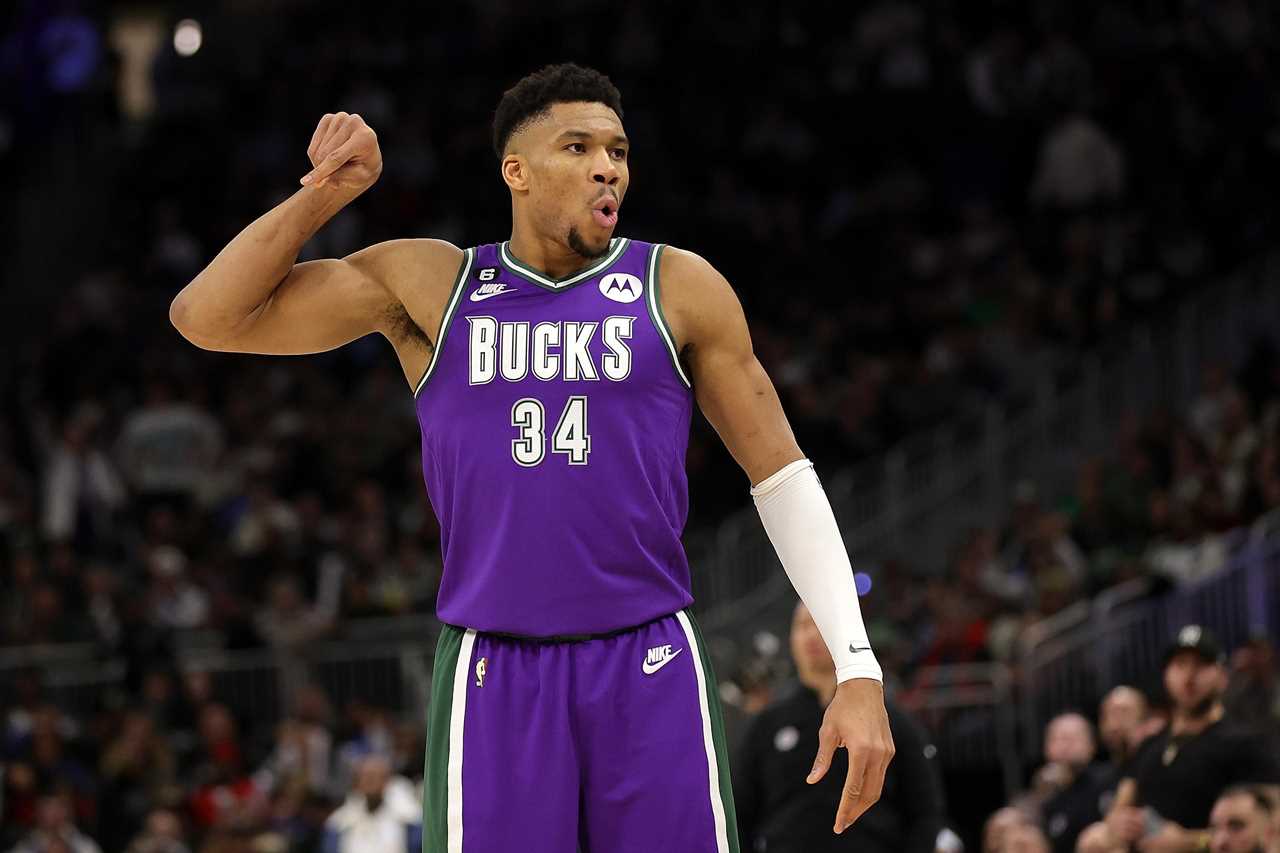
MILWAUKEE, WISCONSIN - FEBRUARY 02: Giannis Antetokounmpo #34 of the Milwaukee Bucks reacts to a ... [+] score during a game against the LA Clippers at Fiserv Forum on February 02, 2023 in Milwaukee, Wisconsin. The Bucks defeated the Clippers 106-105. NOTE TO USER: User expressly acknowledges and agrees that, by downloading and or using this photograph, User is consenting to the terms and conditions of the Getty Images License Agreement. (Photo by Stacy Revere/Getty Images)
Getty ImagesThe Milwaukee Bucks are reportedly trying to wheel and deal at the 2022-23 trade deadline. They’ve been linked to Jae Crowder since the preseason, Grayson Allen has been floated for bait for three years now (they only acquired him in the Summer of 2021), and you can bet your bottom dollar general manager Jon Horst is going to make some type of a deal.
Only, the Bucks don’t have a lot of desirable resources to work with.
Between players and draft picks, Milwaukee has 24 assets they could move in a deal. I ranked all 24 from least good to best based on their contracts, age, current level of play, and potential. Basically, an opposing team wouldn’t trade the higher-numbered asset for a lower one based on the existing circumstances.
24) Thanasis Antetokounmpo
The only player to be ranked below the bevy of second-round draft picks the Bucks have, Thansis is only here (here being on the Bucks, the NBA, etc) because of his brother, Giannis. He’s a great teammate and hype man off the bench (and a lot of times wandering onto the court during his screaming fits of glee), but nothing more than that. He’s a free agent at the end of the season and there’s no way a team is willingly trading for him.
23) 2023 second-round pick
22) 2024 second-round pick
21) 2023 second-round pick (less favorable of Cleveland’s or Golden State’s)
20) 2024 second-round pick (Portland’s)
19) 2025 second-round pick (Indiana’s)
18) 2027 second-round pick
17) 2028 second-round pick
16) 2029 second-round pick
It was difficult to rank the second-round picks, but, ultimately, I put the later picks as the more valuable one. Who knows what Milwaukee will be in 4-6 years and if those second-rounders will creep closer to the first. All I know is it doesn’t get much worse than the 59th or 60th pick in this year’s draft. If you packaged all of these seconds together, it would get you inside the top 10 of this list.
15) George Hill
14) Serge Ibaka
These two veterans are most likely to be moved as part of a larger deal, however, Ibaka has drawn some interest on his own. It would likely take a title contender in search of extra depth to make any move happen. Both guys are on expiring deals and are known (and diminishing) quantities in the NBA.
13) Jordan Nwora
The Bucks presumably re-signed Nwora so they could use his salary as part of a bigger deal. He’s difficult to figure out: He clearly has offensive talent and can create his own shot out of nothing. That same skillset gets him in trouble, as he often locks in on the hoop and forgets he’s playing with teammates. He sometimes tries on defense, but doesn’t possess the abilities to be impactful on that end. It’s unlikely he has another gear.
12) Wesley Matthews
Matthews continues to fight Father Time and prove he can be valuable on a championship contender. He’s a physical defender who does all the little things to help teams win. He has more in the tank than Ibaka and Hill which is why he’s a couple of spots higher.
11) Jevon Carter
Carter has upped his game this season, showing some increased playmaking. I actually think his defense has taken a step back, however, hurting his trade value some. He’ll be nothing more than a fringe backup point guard in his career.
10) Joe Ingles
Ingles has lost some funk, but he can still make some plays. He’s creative with the rock in his hands and is still a knock-down shooter. He’s 35-years-old and is on a one-year deal, reducing his trade value even further.
9) MarJon Beauchamp
If everything goes right in Beauchamp’s career, he’ll likely become a role player similar to Pat Connaughton. That’s an “if” and a reason why I have him at number nine—he was one of the harder players to rank in this column.
8) Pat Connaughton
Connaughton is having a down season since he returned from injury, posting his lowest shooting percentages in years. At 30-years-old and locked into a deal for at least two more years (with a player option for the third), that could be the start of some red flags. Or it could be nothing.
7) Grayson Allen
Allen is a fine 82-game player, but has a lot to prove for the 16 games the Bucks prioritize the most.
6) Bobby Portis
Portis is a flawed defensive player similar to Allen, but has a more diverse offensive game to make up for it. He can score with his back to the basket, facing up or spacing the floor. Still, the Bucks would likely part with him if it meant an upgrade in the front court.
5) 2029 first-round pick
An unprotected 2029 first-round pick, the only first rounder the Bucks can trade, is a high-risk, high-reward asset for any team who acquires it. In six years, as many as nine players on the Bucks 15-man roster could be retired.
4) Brook Lopez
Lopez is probably more valuable to the Bucks than anyone else. They run a defensive scheme that fits him perfectly and have the perfect compliment of players around him.
3) Khris Middleton
I went back and forth between Middleton and Holiday, but decided to put Middleton here for a couple of reasons: 1. He has a growing injury history, and 2. He has a player option for after this season.
2) Jrue Holiday
Holiday is the best perimeter defender in the NBA and can guard the opposing team’s best player no matter what position he plays. He’s under contract through the 2023-24 season with a player option for 2024-25.
1) Giannis Antetokounmpo
There isn’t a player or asset in the entire NBA I’d trade Giannis for. Enough said.
Brian Sampson, Contributor
https://www.forbes.com/sites/briansampson/2023/02/06/milwaukee-bucks-trade-value-rankings-trade-deadline-2023-edition/
By: Brian Sampson, Contributor
Title: Milwaukee Bucks’ Trade Value Rankings, Trade Deadline 2023 Edition
Sourced From: www.forbes.com/sites/briansampson/2023/02/06/milwaukee-bucks-trade-value-rankings-trade-deadline-2023-edition/
Published Date: 02-06-2023
Frequently Asked Questions
What is a buyout in NBA?
In the NBA, a buyout is a contract between a team or player. The team agrees that it will pay a portion or all of the contract amount that the player is entitled to. After their buyout, players become free agents and can sign with any team in the league. The league allows teams to change their roster composition or reduce their salaries during the season.
Who made the NBA's first basket?
Ossie Schectman (American professional basketball player) was the one who scored the first basket for the Basketball Association of America (BAA), later becoming the National Basketball Association (NBA). The basket was scored on November 1, 1946, in a game between the Toronto Huskies and New York Knickerbockers. Schectman scored the historic first basket that opened the BAA's inaugural year.
What is a restricted free player in the NBA?
An NBA restricted free agent is a player who has fulfilled their rookie contract but becomes an unrestricted-free agent. Their rights remain with their former team. In this case, the team can match any offer sheet made to them by another team. If the player chooses to do this, they will need to stay with their current team and keep their existing contract. This allows teams retain players who are proven valuable, but cannot afford them because of their salary caps. Restricted free agents are a type of free agent that can provide teams with valuable flexibility when building their rosters.
How long can a waiver-bound player remain?
If a NBA basketball player is let go during the season by their club, they are considered waived. Waived players may be claimed by another side within 48 hours. If the player is claimed by more than one team, priority will be given to the team with a poor record.
What is the difference of a technical foul and a foul flagrantly in the NBA
A technical foul is an offense in the NBA for being unsportsmanlike. It can be argued with officials, excessive celebrations or other such behavior. A technical foul is a one-time free throw. The opposing team will also be allowed to keep the ball.
A flagrant foul is assessed when a player commits violent or excessively aggressive contact against another player. It will result in the opposition team being given two free throws and taking possession of your ball. Flagrant one foul is more severe than Flagrant two. Flagrant one is a lesser offense than Flagrant 2 and doesn't result in an ejection.
Any illegal contact between two players is a personal foul. It is usually called for illegal hand-checking, holding, pushing, or tripping an opponent. Personal fouls can also result in free throw attempts and possession of the ball for the opposing team. Personal fouls, though, do not necessarily signify unsportsmanlike conduct, as opposed to flagrant fouls and technical fouls.
All fouls in the NBA may result in free throw attempts for the opposing team or possession of the ball. It is the intent behind the fouls and the severity of the contact that makes the difference between technical fouls and flagrant or personal fouls.
Which NBA player has been voted the NBA's most prolific scorer?
Kareem AbdulJabbar is the NBA's most prolific scorer. He has scored 38.387 points over his entire career. LeBron James is second with 37,062 point. Karl Malone, who has 36,928 point is in third. Kobe Bryant is fourth with 33,643 point. Michael Jordan is at fifth place with 32.292 points.
Statistics
- The opening game of the 2020 Finals between the Los Angeles Lakers and Miami Heat brought in only 7.41 million viewers to ABC, according to The Hollywood Reporter. (en.wikipedia.org)
- Meanwhile, the opening night rosters include a record-setting 234 players with some G League experience, according to the NBA ( Twitter link ). (hoopsrumors.com)
- The 2013–14 season opened with 92 international players on the opening night rosters, representing 39 countries and over 20% of the league. (en.wikipedia.org)
- As of 2014, 45 percent of its viewers were black, while 40 percent were white, making it the only top North American sport that does not have a white majority audience.[102]As of 2017Democrats than Republicans.[103]Outside (en.wikipedia.org)
- Between 2012 and 2019, the league lost 40 to 45 percent of its viewership. (en.wikipedia.org)
External Links
sports.yahoo.com
sbnation.com
twitter.com
- Tweet / tweet
- Sam Amico on Twitter: "Timberwolves Waive PJ Dozier, CJ Elleby and AJ Lawson - Hoops Wire https://t.co/xKu1ZTuQZN" / Twitter
basketball-reference.com
- Thomas Bryant Stats, Height, Weight, Position, Draft Status and more | Basketball-Reference.com
- Dennis Schroder Stats, Height, Weight, Position, Draft Status and more | Basketball-Reference.com
How To
How are the NBA All-Star Game players chosen?
The 24 NBA All-Star Game players are selected by a combination of media, fan and player voting. Fan voting accounts for 50% of the vote. Current players and media each contribute 25%. Each group's votes count as one, and each group submits their ballots simultaneously. Each conference selects the players by position (2 guards, 2 forwards, and 1 center). If a player is injured or unable to play due to any other reason, then the NBA Commissioner will select a replacement for that player. The All-Star Game will see the players compete against one another in a pre-determined format. The team with more points wins after four quarters. The winning team receives an extra donation to their charity foundation each year.
An award is given to the best player of the game. The All-Star Game, which brings together the best talents of both conferences each year is one of the most anticipated events in NBA basketball. It is an opportunity for fans and players to compete against each another, and see who emerges victorious. Fans look forward to the All-Star Game every year because it showcases some of the best players in the NBA. The NBA All-Star Game will provide entertainment and talent with its unique selection process.
Did you miss our previous article...
https://latestnbanews.com/news/kyrie-irving-reportedly-traded-to-dallas-mavericks-from-brooklyn-nets

